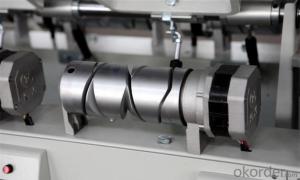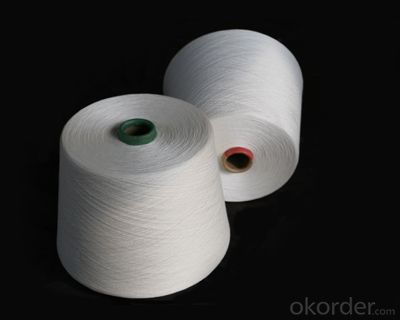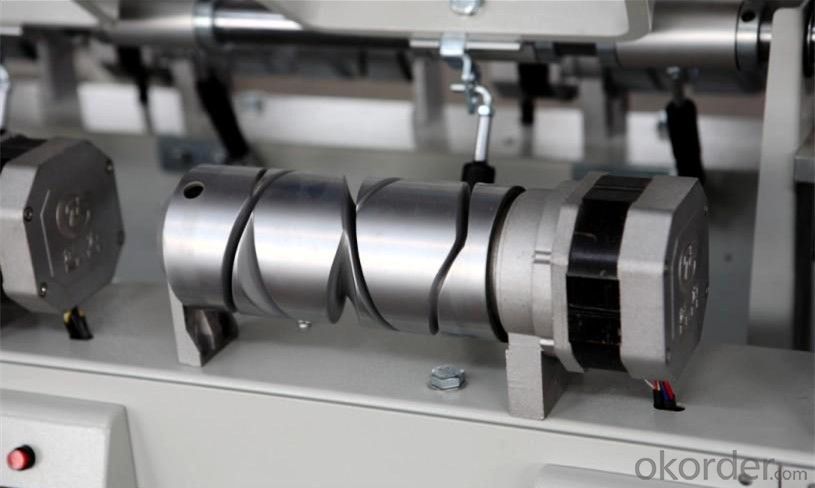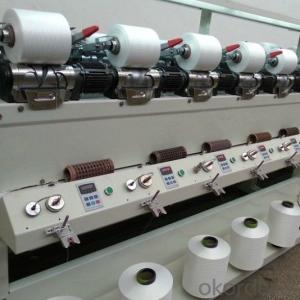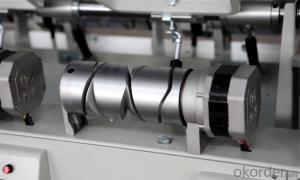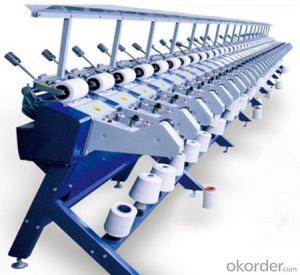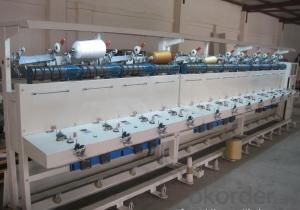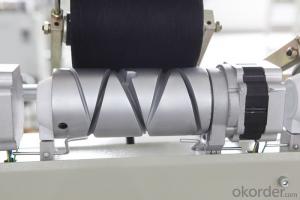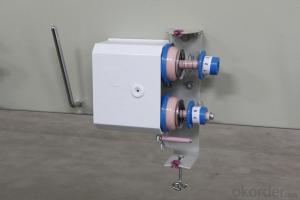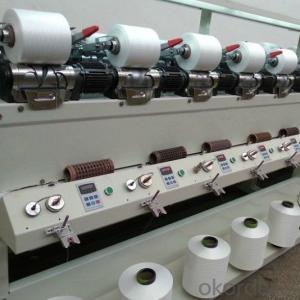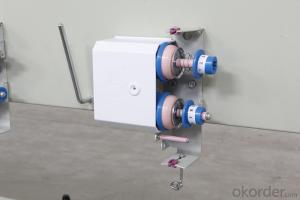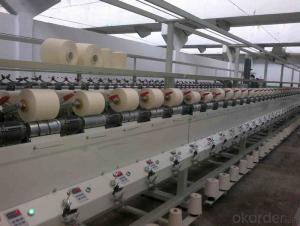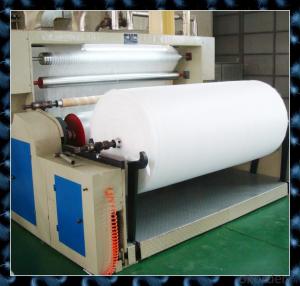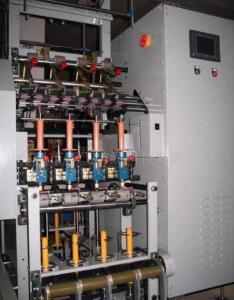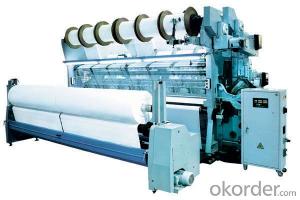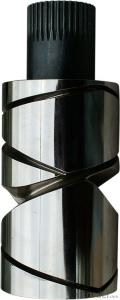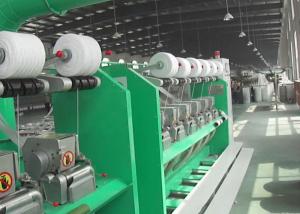Soft/Tight Yarn Cone Winder Machine for Textile
- Loading Port:
- Shanghai
- Payment Terms:
- TT OR LC
- Min Order Qty:
- 1 unit
- Supply Capability:
- 10 unit/month
OKorder Service Pledge
OKorder Financial Service
You Might Also Like
Specification
Application:
Soft/Tight Yarn Cone Winder Machine for Textile is used to waxing the yarn in hosiery mill and woolen mill. It can used with computerized flat knitting machine and large diameter circular knitting machine.
Main features of Soft/Tight Yarn Cone Winder Machine for Textile:
1. Vertical winder path with no inflection point, little friction and less hairiness. It is appropriate for high speed waxing winding. The speed of waxing is twice as much as that of traditional table-type at least.
2. Using brushless DC moter with longer axis,it is converient to adjust the speed of single spindle.It can provide different winding speed for various yarns.
3. Double points waxing system with micro motors. The forming of cheese is better.
4. Using high quality alloy drums with optimized groove shape ,which has the advantages of good anti-overlapping characteristics, light weight, good wear resistance, and static elimination.
5. Single winding motor control for each spindle
6. High-speed creel with gas spring, which can keep constant winding pressure. This creel is stable and reliable.
Product Pinctures of Soft/Tight Yarn Cone Winder Machine for Textile:
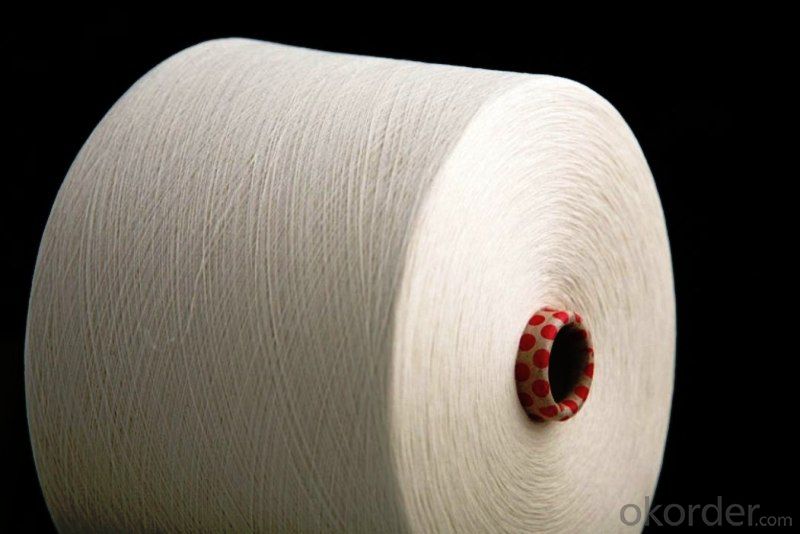
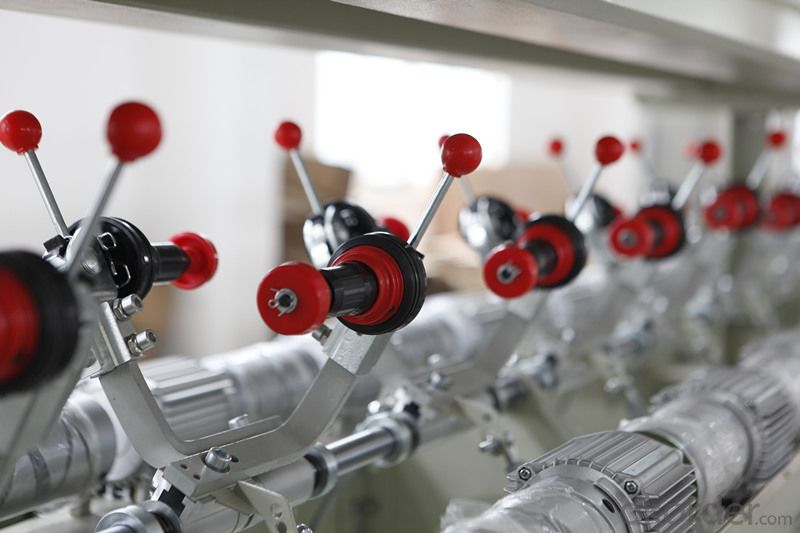
Package and Shipping:
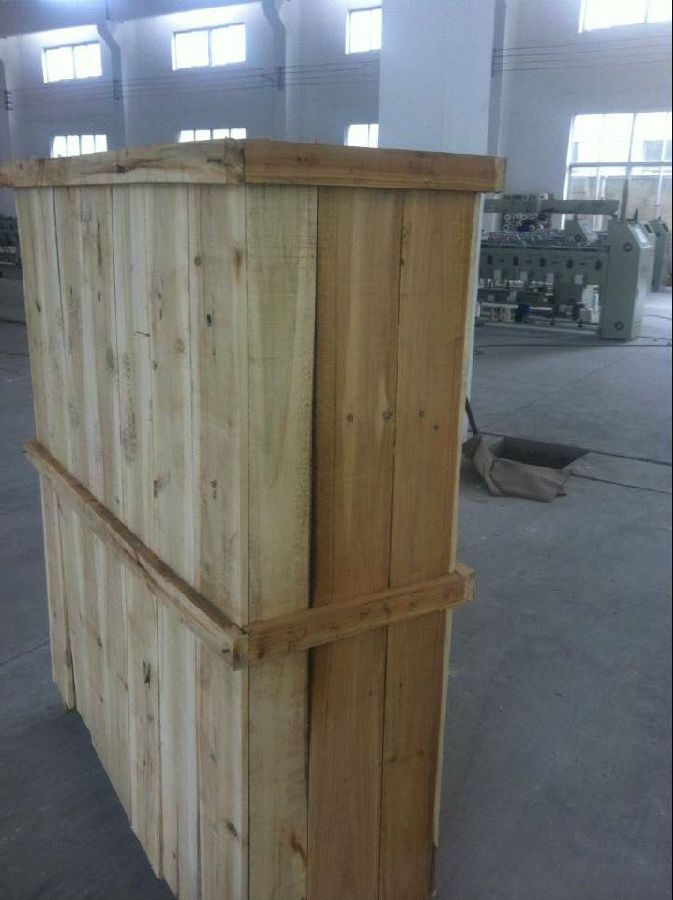
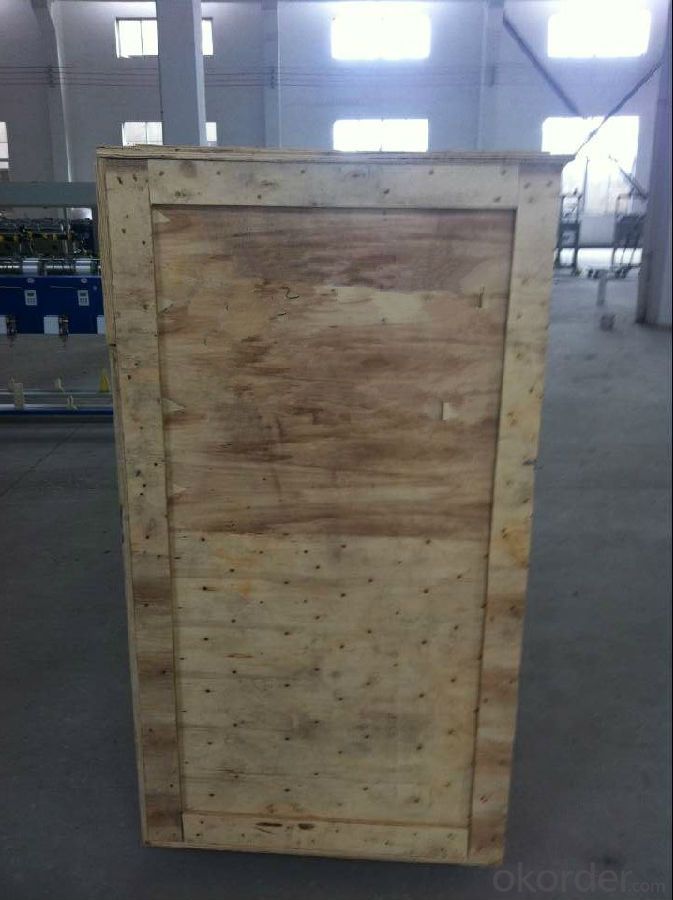
Specification:
| Items | Technical Parameters |
| Types of winding | Drum,Random |
| Mechanical speed | Up to 800m/min |
| Package shape | Cylindrical or conical |
| Traverse length | 230mm,280mm |
| Package bobbin | Cylindrical or conical of 3°30' |
| Package diameter | Up to φ 290 mm |
| Package density | 0.2-0.4g/cm3 |
| Yarns / count | Cotton.flax,wool, silk,chemical fiber /Ne 6…180 |
| NO.of spindles | 2,4,6 spindles per section for select |
FAQ of Soft/Tight Yarn Cone Winder Machine for Textile:
· Q:What is the machine used for?
A:Soft/Tight Yarn Cone Winder Machine for Textileis suitable for processing PP, PE split film yarn/ just twine, cotton twine, weaved twine to ball.
· Q: What is the MOQ?
A: 1 set.
· Q: What is the lead time of the product?
A: 5-20 days after payment
- Q: What are the general fixed assets of the textile industry?
- Polypropylene Spinning Machine, Polyester Spinning Machine, Polyester Spinning Machine, Polyester Spinning Machine
- Q: What is the difference between yarn spinning and ring spinning?
- Such as carding, combing and blending, the bead is driven by the bobbin through the yarn to rotate around the collar, twist, and the friction of the collar is slightly smaller than that of the bobbin and the winding speed is high, The shape of the ring yarn, the fiber is mostly inside and outside the transfer of the conical spiral, so that the fiber in the yarn inside and outside the winding connection, the yarn structure is close, high strength, suitable for the system and weaving and knitting and other products.
- Q: What is the current domestic textile enterprises?
- The groom Chinur Group Co., Ltd., Shanghai Textile Holdings (Group) Company, Jiangsu Dongdu Textile Group Co., Ltd.
- Q: What is the chenille mechanical principle?
- Its production and processing products called chenille yarn or spiral, broken wire, is a new variety of fancy
- Q: What is the history of the development of textile machinery?
- Human beings originally used natural fibers as raw materials for spinning and weaving, earlier than the invention of the text (see World Textile History, China Textile History).
- Q: Who invented Jenny spinning machine?
- In 1768, Hargreaves won the patent; by 1784, "Jenny machine" has increased to eight spindles. Four years later the United Kingdom has twenty thousand "Jenny machine".
- Q: Is the textile machine made of those accessories?
- There is no concept of spinning machine, spinning and weaving are separate, and spinning and weaving process is very long, do not want you to imagine only one or two equipment can be, the entire production process involved in the equipment up to a dozen
- Q: What are the related fields of textile engineering?
- 1. Master the basic theory of textile engineering disciplines, basic knowledge;
- Q: Textile machinery production process is probably what kind of?
- Textile machinery is a very broad concept, including a lot of machinery, a carding machinery, spinning machinery, weaving machinery and so on.
- Q: What is the historical background of the mechanization of the British cotton textile industry?
- Market: Britain's overseas colonial activities have expanded the overseas colonial market, enclosure movement has expanded the domestic market;
Send your message to us
Soft/Tight Yarn Cone Winder Machine for Textile
- Loading Port:
- Shanghai
- Payment Terms:
- TT OR LC
- Min Order Qty:
- 1 unit
- Supply Capability:
- 10 unit/month
OKorder Service Pledge
OKorder Financial Service
Similar products
Hot products
Hot Searches

